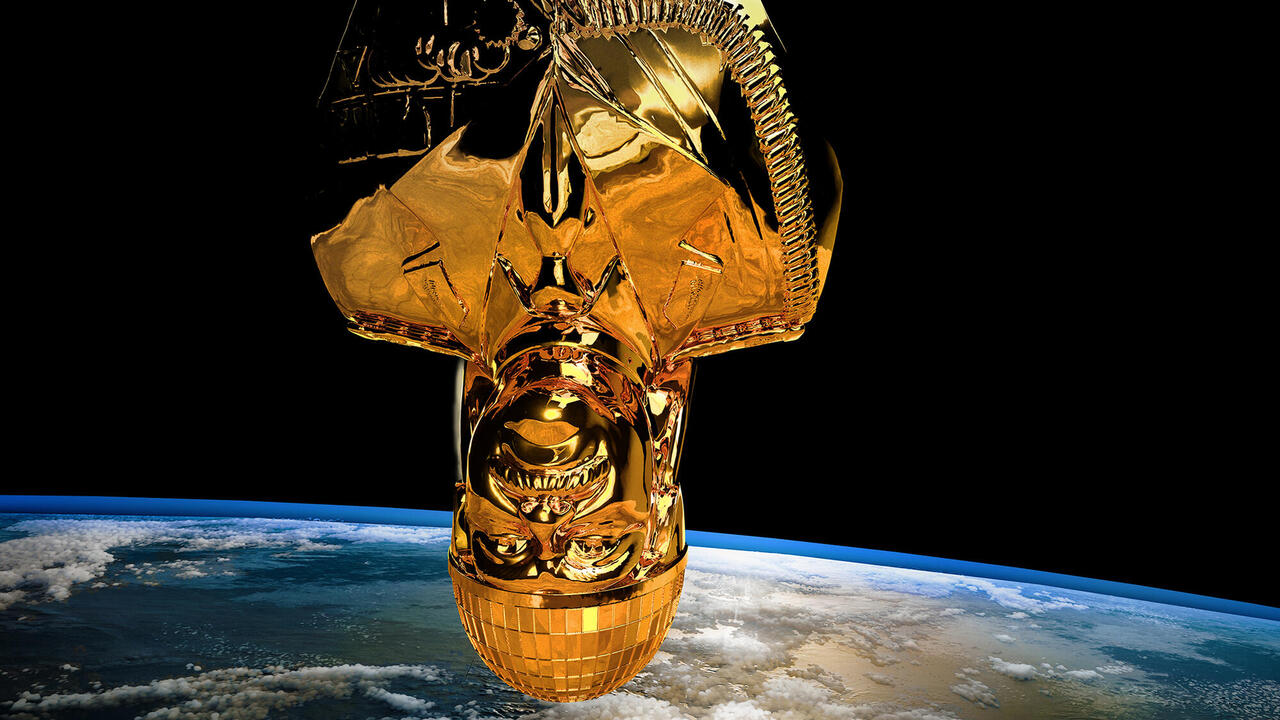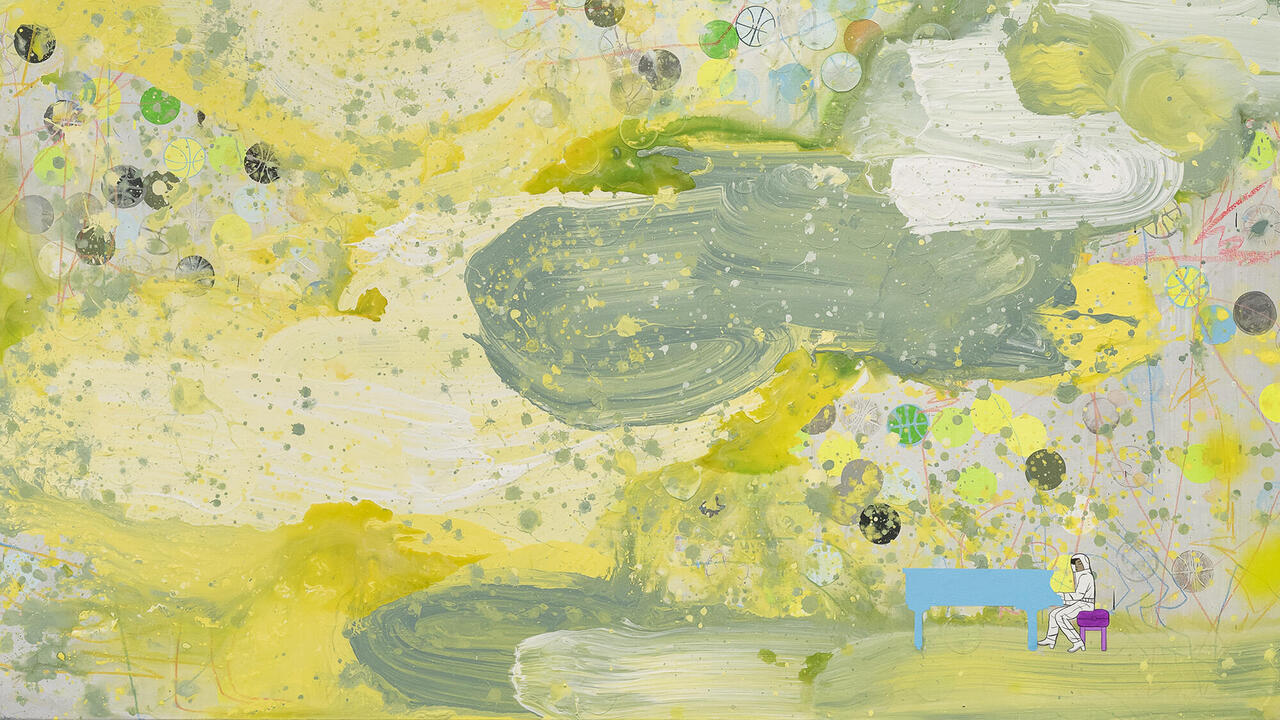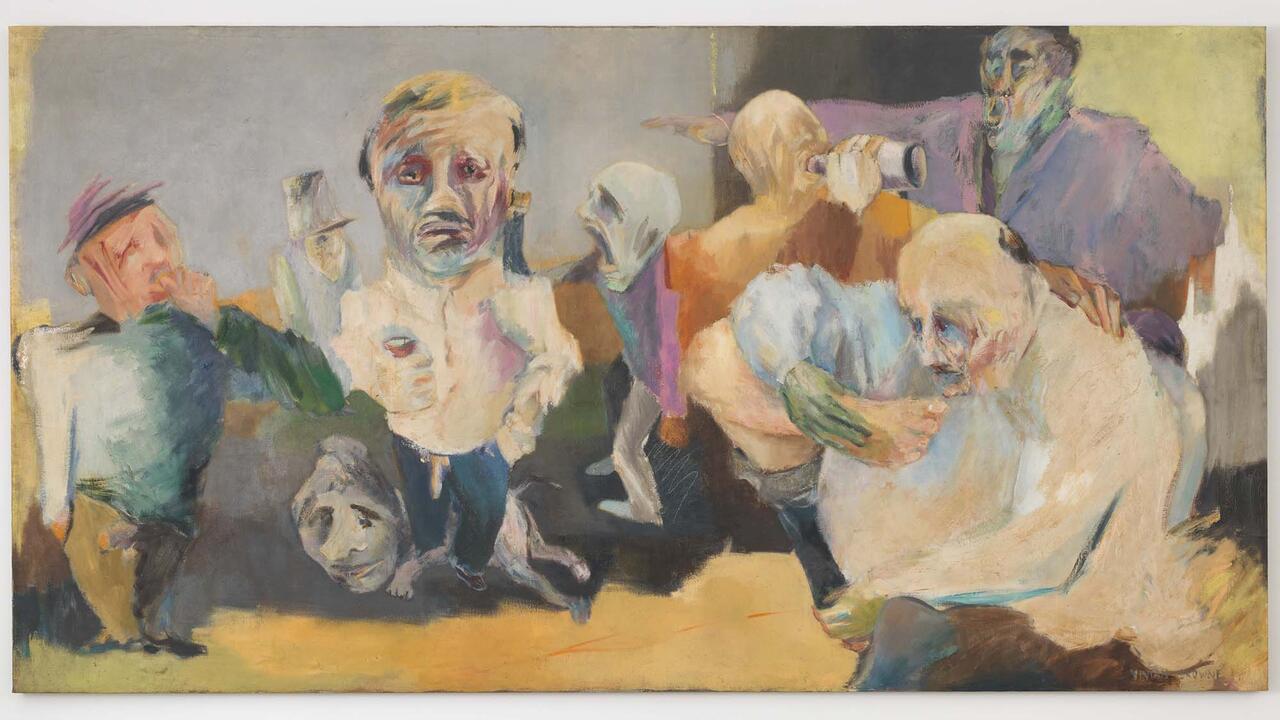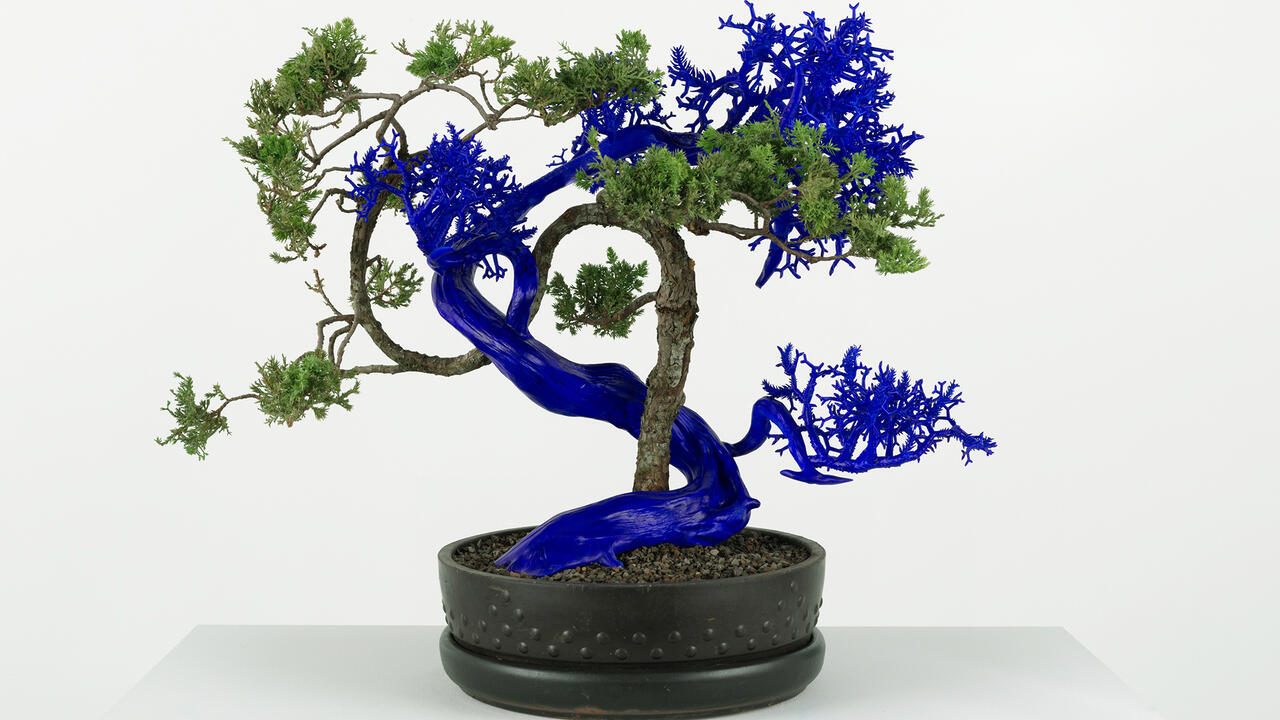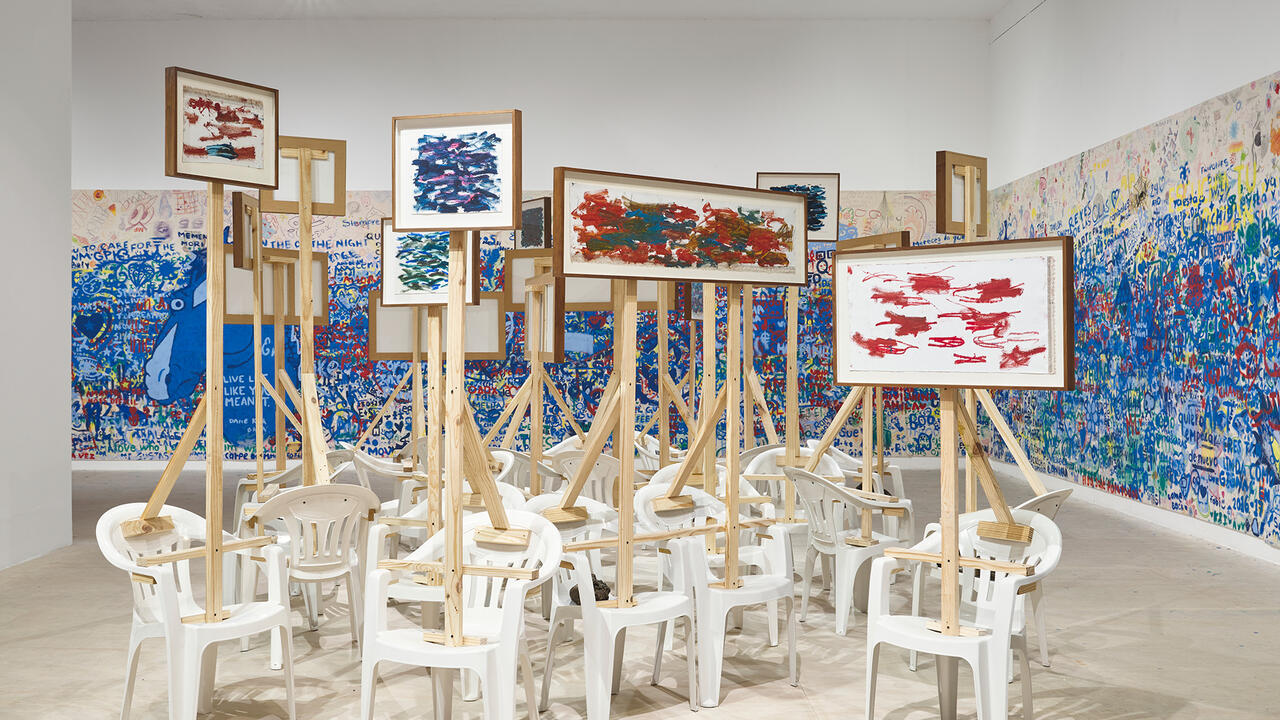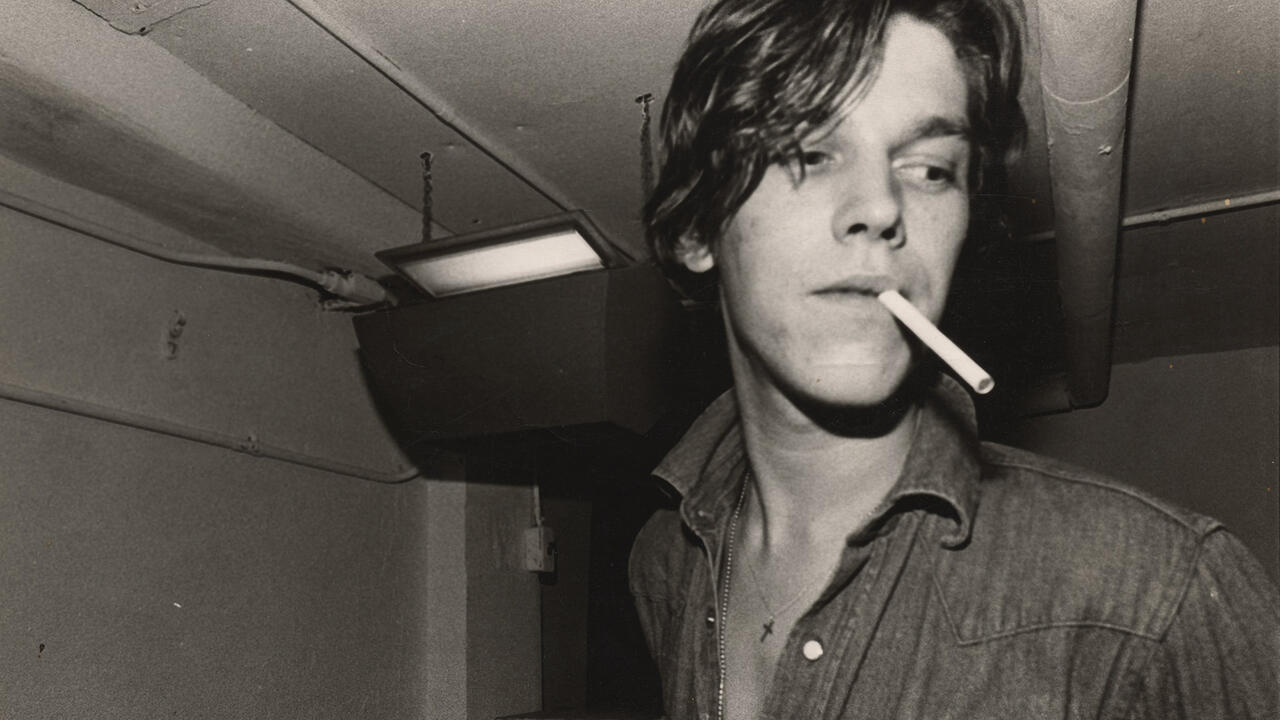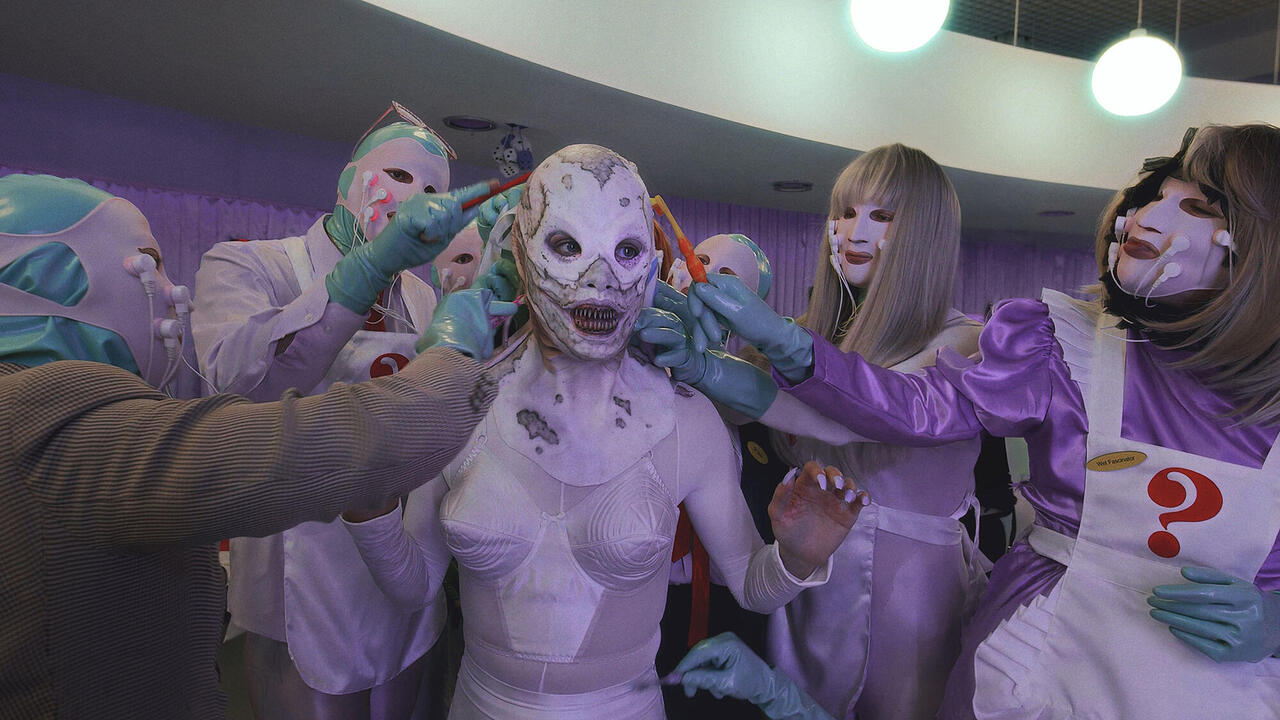A Two-Artist Show Asks How We See Landscape
A sprawling exhibition at SITE Santa Fe pairs Robert Smithson’s installations, photographs and early drawings with Teresita Fernández’s medium-defying works
A sprawling exhibition at SITE Santa Fe pairs Robert Smithson’s installations, photographs and early drawings with Teresita Fernández’s medium-defying works

In his 1969 essay ‘Incidents of Mirror-Travel in the Yucatán’, a road-tripping Robert Smithson riffs, conflictedly, on guidebook perspectives on bygone Mesoamerica. Both road trip and riff pay stylistic homage to Jack Kerouac, another mid-century artist who succeeded in thumbing his nose at US/European canon-makers while building a fantastic career among them. A prodigious if whimsical thinker, Smithson’s creative and intellectual arc didn’t take much from his time’s de-colonial or eco-critical thought (e.g., Frantz Fanon or Rachel Carson). Witness the artist, in his text ‘A Provisional Theory of Non-Sites’ (1968), articulating his representation of New Jersey’s Pine Barrens as ‘mapped … in terms of esthetic boundaries rather than political or economic.’
Though Smithson has been branded as an icon of ‘Earth Art’, his overarching project was more an ongoing conceptualist enterprise. This is evident in his exploration of ‘site/non-site’ in works such as A Nonsite (Franklin, New Jersey) (1968), which dislocates limestone from its prior context and meaning into the ‘non-site’ of the gallery space. Comprising rock-filled bins accompanied by photographs, A Nonsite is among works on view in ‘Teresita Fernández/Robert Smithson’, a cross-generational, two-artist show at SITE Santa Fe.

Born three decades after Smithson, Teresita Fernández has been prolific in generating place-based public art, concept-rich drawings and sculptures that challenge presumptions about representation. Akin to Smithson, whose work she has investigated extensively, Fernández tracks histories of resource extraction from specific locales. Featuring over 30 pieces per artist, the sprawling exhibition pairs Smithson’s installations, photographs and early drawings – ranging from seabed renderings to fanciful astrological imagery – with Fernández’s medium-defying works.
Fernández’s striking, large-scale Manigua (Mirror) (2023) generates impressions of densely set, silhouetted trees through intricate buildups of black sand and charcoal bits (burnt tree residue) over aluminium panels. Glints of the mirroring aluminium implicate viewers through their fragmented, distorted reflections. At surface, this piece resonates with Smithson’s Yucatán Mirror Displacements (1-9) (1969), photographs of mirrors temporarily embedded in landscapes to abstract qualities of space, time and perception. But Fernandez’s incorporation of viewers prompts additional consideration of human relationships to what is represented and embodied – in Manigua’s case, a mythico-historical site for escaped slaves.

Cuajaní (2024), Fernández’s film collaboration with Cuban artist Juan Carlos Alom, contrasts with Smithson’s Hotel Palenque (1969–72). The latter overlays 31 slide images of Mexican architecture with Smithson’s exotifying voiceover (for example, ‘like a tropical growth … all sorts of truth about the Mexican temperament’). Fernández’s black and white film, shot in Cuba’s Viñales Valley over six years, numinously depicts the landscape and the people who move through it. Fernández, born to Cuban immigrant parents in Florida, avoids ‘othering’ while pursuing an impressionistic non-narrative grounded in local perspectives.
Like Smithson, Fernández starts from humanly understood terrains, but she provokes deeper apprehension through (re-)working materials. For instance, Drawn Waters (Borrowdale) (2009), a dark-grey cascade from ceiling to floor, embodies a history in reverse, flowing from an unnaturally smoothed mid-air wave of mineral graphite into floor-bound chunks, as found in nature. Playing on overlapping histories of drawing and resource extraction, its title references a site for mining graphite, as used in pencils.

There is ambiguity in Fernández’s engagements with such materials, as the act of dislocating them from their original context invariably involves a degree of extraction, including for their use within the ‘non-site’ of artworld spaces. While both artists start from human engagement with landscapes, Fernández moves beyond Smithson’s focus on perspectival shifts by teasing at real-world implications. What is at stake in how such real-world concerns are represented in contemporary art settings? Those pointers to how we might see the world – whether via high-minded conceptualism, through truths abstracted or grounded and historical, or both – can be fundamentally revealing.
‘Teresita Fernández / Robert Smithson’ is on view at SITE Santa Fe until 28 October
Main image: Teresita Fernández, Manigua (Mirror) (detail), 2023, solid charcoal, black sand and mixed media on aluminium panel, 231× 572 × 8 cm. Courtesy: the artist and Lehmann Maupin, New York, Seoul, and London











